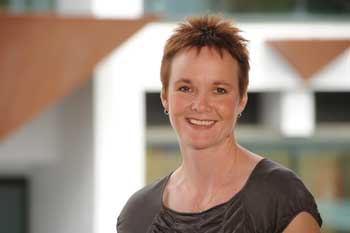Cutting the B2B sales process
Anya Anderson shows how by finding businesses with the need for your product and approaching the right people, you can cut your sales process significantly.
| When it comes to selling, most people think of sales staff in retail outlets. But for most small and medium businesses, their success or otherwise is determined by on-road sales reps selling products and services to other businesses. The sales process for these people is totally different to that of retail. It can be a lengthy affair if not planned correctly and can result in limited success. This can put huge pressure on businesses that rely on this form of selling. But there are ways to maximise results and see bottom lines rise. The key is to speed up the sales process. The first step to achieving this is finding the correct targets. The people with the greatest need for your product should always be approached before anyone else. If you know they need it, you have already cleared a major hurdle without wasting valuable time. To reach these people, you need to think about those who already use your product or service. What ties them together? They must have something in common that makes them use your product. Once you find out what this is, you will have found others to target. For example, if all of your clients require their orders to be delivered after hours because of the human resource constraints associated with being one person sole-traders, you would look at approaching other sole-traders. Another way to find more business is to look at who uses products that complement what you offer and indicate that they have a need for what you sell. Once you have identified possible clients, you need to find out if they have the budget for your product. This can be done by collecting information on their turnover, their current investment on similar products, how many outlets they have and if they have any expansion plans. This material can be collected from websites, contacting the company, or through relationships you may have formed with others who know about this potential client. Forging relationships like this is an important skill for the on-road sales rep. While we have focused here on selling more of your goods and services to new prospects, the other option that is often overlooked is selling more to existing clients. Often people buy a product, but the sales person fails to ascertain what other needs the client may have. One of the easiest things to sell is a different product to an existing customer. That is because the relationship has already been forged, resistance is lowered and the customer is less price sensitive. Talk to the decision-maker Another crucial factor to speed up the selling process is the need to deal with the person who will ultimately decide whether to purchase your product. Research is vital for this as well, because you must find out who this person is and do your best to meet him or her. You will not always be successful, but you must aim for the decision-maker, and if unsuccessful, find someone as high up the chain as possible that can be an advocate. |
It should be relatively simple to find out who makes these decisions. This must always form an important part of research before approaching your prospects.
|




